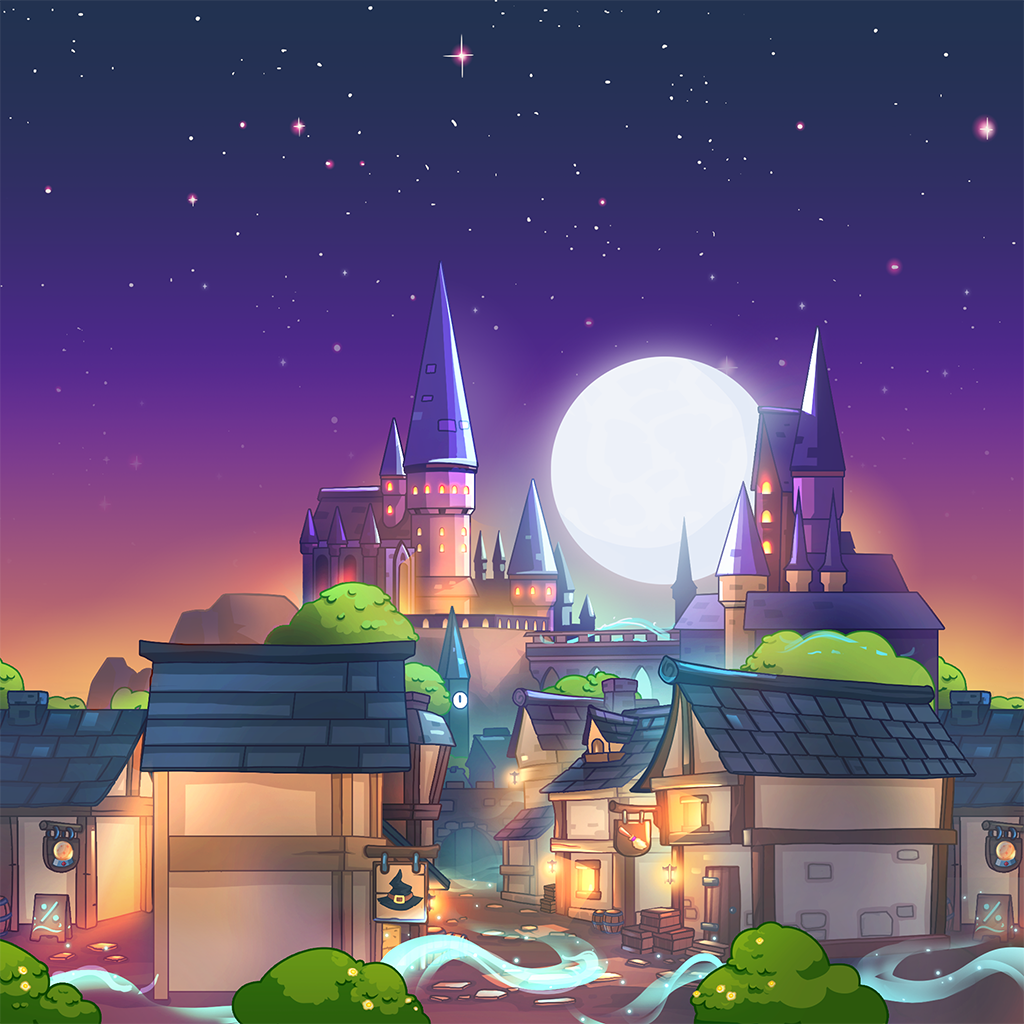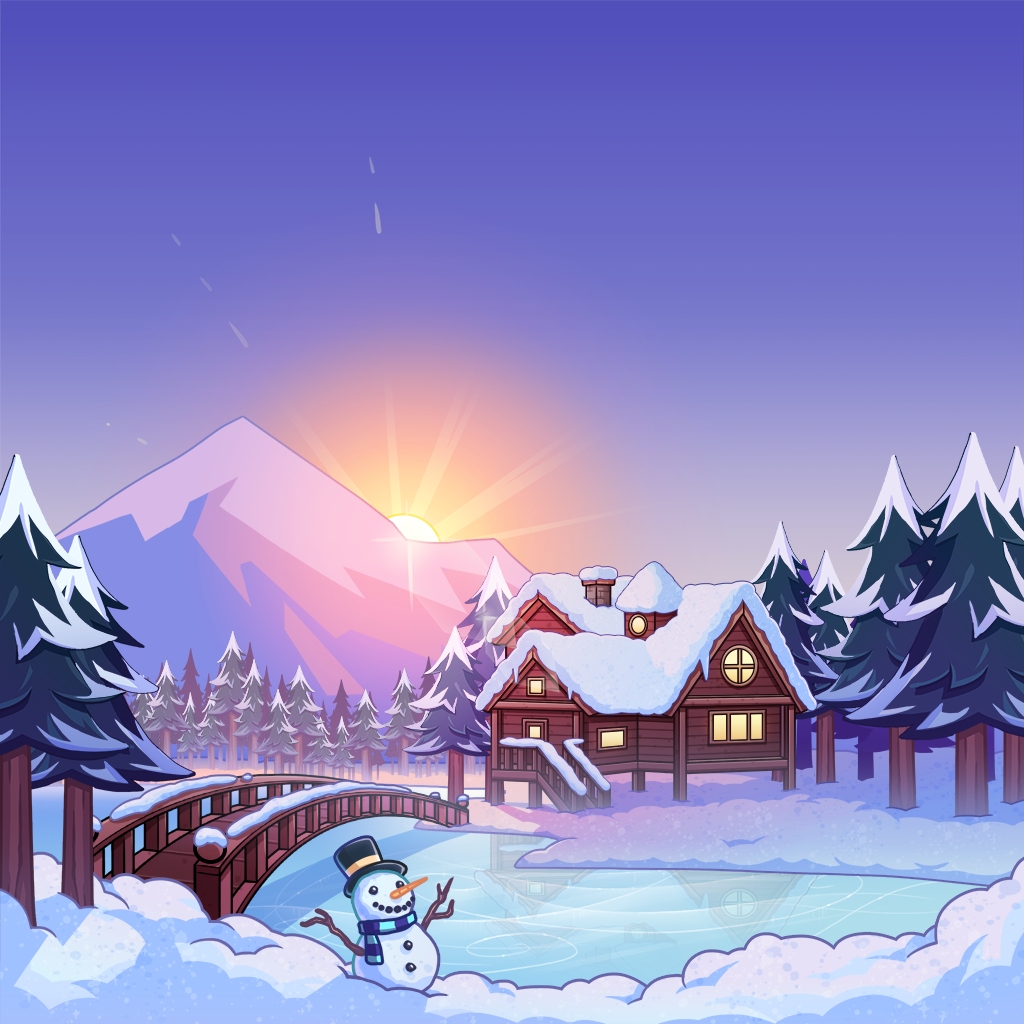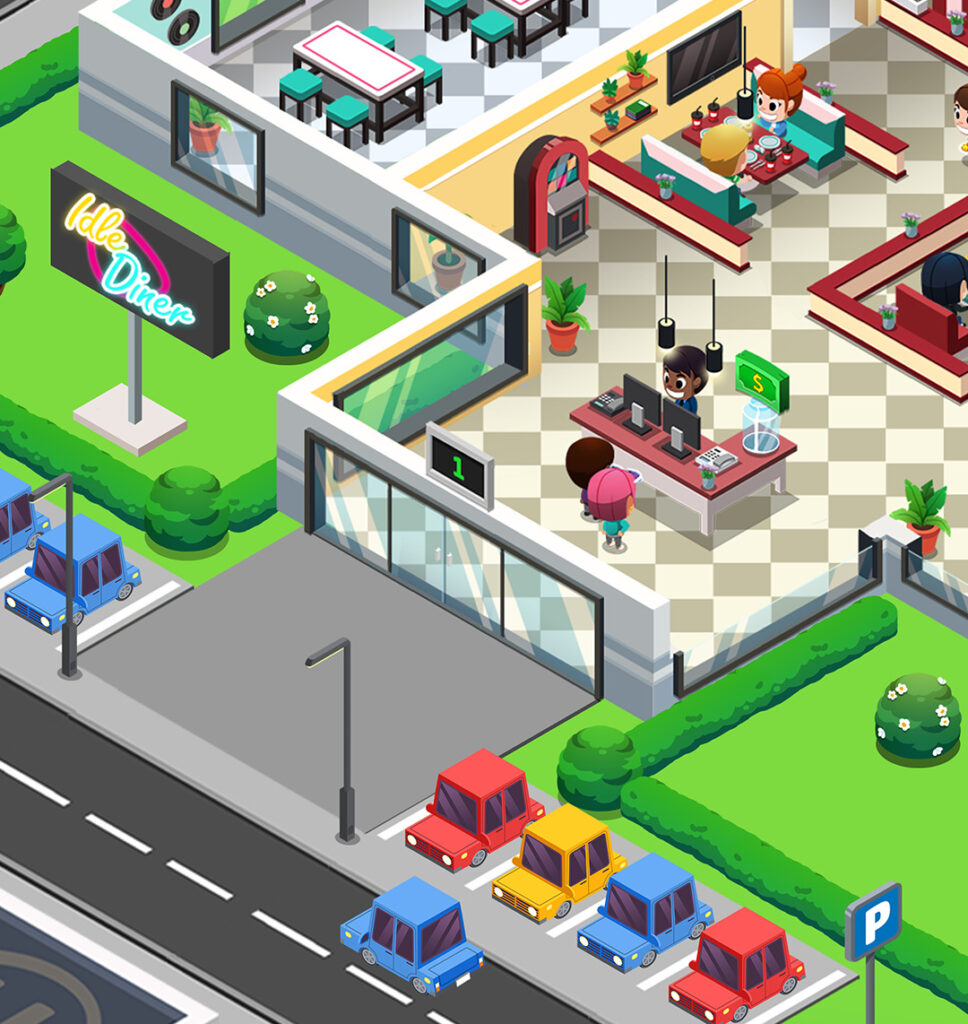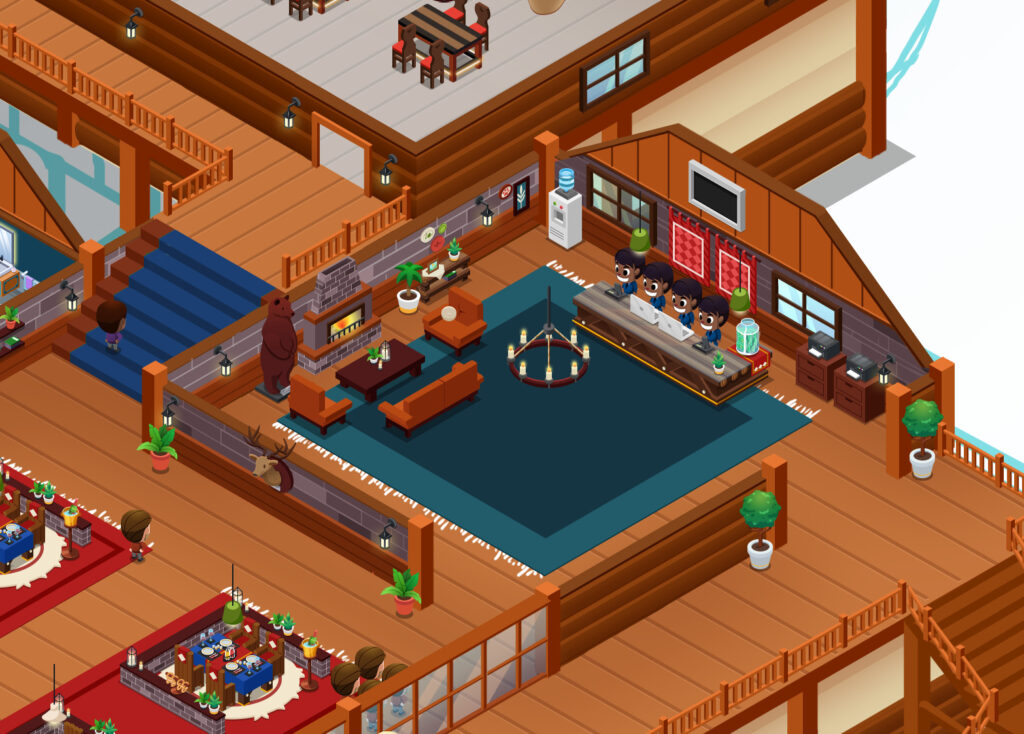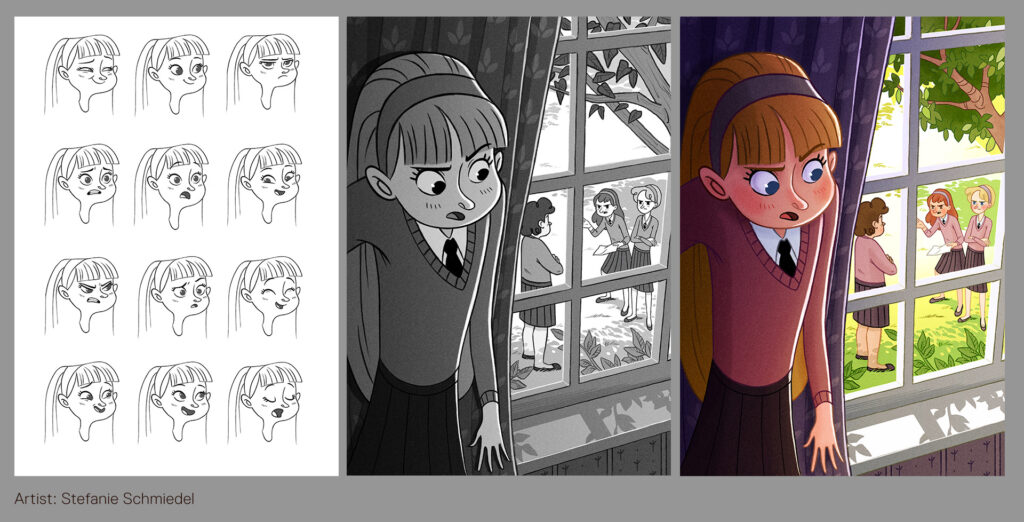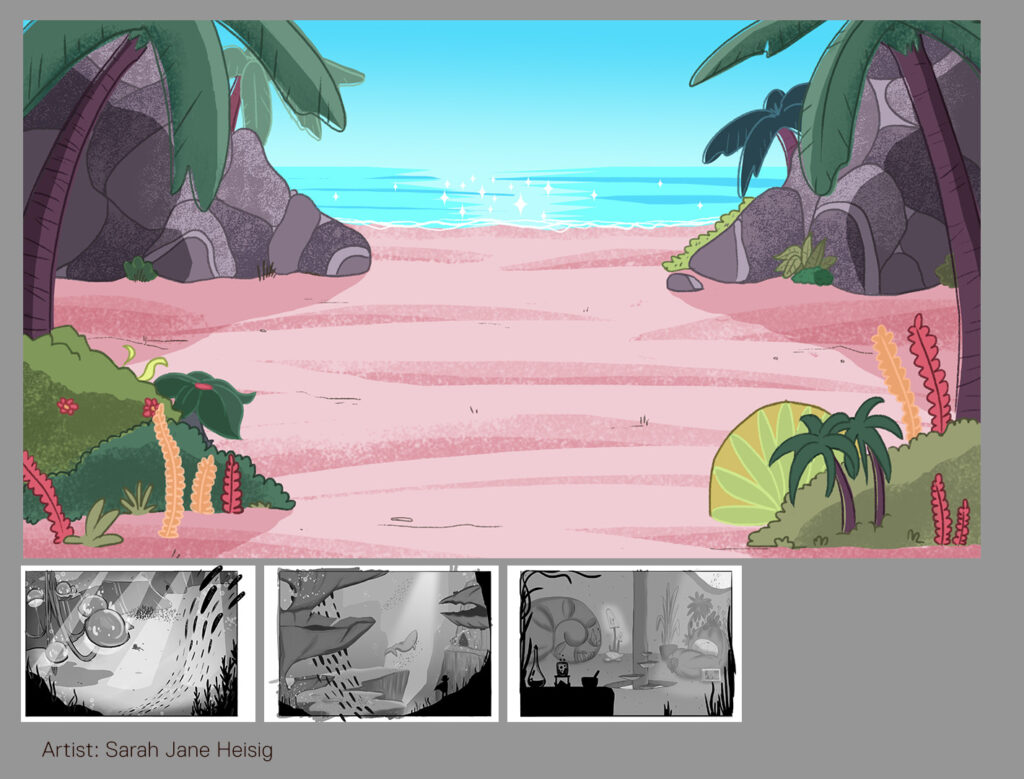Here at Kolibri Games we have five game teams working on established titles, like Idle Miner Tycoon and Idle Restaurant Tycoon, or new game projects. That means our talented group of artists is generating a lot of pixels every day – and that we need a lot of artistic talent.
What does it take to land a job here? Let’s take a look at some best-practices and tips from our recruiters and hiring managers. Your application doesn’t have to match these qualifications perfectly, but they’re good things to keep in mind as you get ready to apply.
Know Your Audience
In 2020 we received nearly 600 applications and hired five new artists. That’s an average of 120 applications for each position. Screening almost 600 portfolios is a lot of work. In order to make yours –– and your whole application –– stand out, it’s important to remember that not every game artist’s job is alike. Knowing your audience –– in this case our recruiters and hiring managers –– is key.
Remember that you’re applying for this job, not just “a game art job”.
Our artists are, generally speaking, generalists. Like many mobile game companies, we don’t have dedicated texture artists, concept artists, modelers, etc. We look for artists who can take a brief, develop a concept and create Unity-ready assets, all within the deadline of a Games as a Service (GaaS) workflow. This is different from what a AAA studio is looking for, where you’ll be expected to be a shader artist or cinematic animator.
We also have a house style. While none of our games looks exactly like another, they’re all friendly, approachable and stylized while remaining essentially “realistic”. Our game worlds obey, at least mostly, the same laws of physics as we do in the real world and our sims are analogs of real-world industries (not counting our event mines).
Why is this important? Well, showing us your work that’s most relevant to our games is a major plus. It’s great if you can create amazing Substance Designer textures –– but we don’t use them in our games. Do you do ultra-realistic ZBrush sculpts? That’s wonderful, but we won’t use them in Idle Restaurant Tycoon. Brooding dark heroes with over-sized axes? We love ‘em, but they’re not our game characters.
Portfolio, Portfolio, Portfolio
This leads us to your portfolio, and what to put in it.
It’s obvious and maybe doesn’t need stressing, but your portfolio is the most important piece of your application. Our recruiters and hiring managers look at your portfolios before they look at your CVs and they’re looking for work that suggests you’ll be good at helping make our games, current and new, better. In other words, don’t just put in your best work –– put in your best, most relevant work.
Every week, Idle Miner Tycoon ships a new event mine, prominently featuring a “hero background”. So show us your backgrounds! But it also ships updated resources, mineshaft designs, UI tweaks and store offers. So show us your prop designs and any marketing art you’ve done. Can you build a coherent, interesting UI scheme? We would love to see it. Are you an amazing skill tree designer? Let us know. Going back to an earlier point, we love generalists here.
We’re also hiring for our 3d isometric art teams. Those games have fewer “hero backgrounds” but require tons of props, and just as many UI elements, and ad offers. Knock our socks off with your best isometric props and environments. Make us want to buy some premium currency!
What we, and plenty of other games studios, are asking you to do is to tailor your portfolio to the specific job you’re applying for – or at the least be aware of what this particular job entails.
In all cases, remember that game art is just one piece of a puzzle. It has a job in the context of the game beyond just looking cool. Good game art helps players understand what they can engage with and upgrade. It helps them choose between different paths through the game, and can tell them which offers are more rewarding for their playstyle. It can help players form an emotional engagement with the idle empires they’re creating, making them excited to come back, see what’s changed and keep building them.
Keep that in mind when you decide what to show us. It’s okay to show personal work alongside professional work, but the balance is important. Well-made fan art can show off your composition or rendering skills, but usually says little about your character design skill, as you’re copying an existing character or concept. An illustration of your D&D character could have a place, if you did full turnarounds and designed three levels of armor upgrades. Properly formatted as a character design, that might be a great addition, though we don’t do a lot of sword and sorcery themes at Kolibri.
While work produced for yourself can show off your passion, interests, and creativity, it doesn’t show how well you can produce work in a professional environment. Like every GaaS studio, we have to work quickly and need to produce on-brand game art at a consistent level of quality . That consistency and level of craft are just as important as individual creativity.
Clarity, Quality, and Quantity
All three matter, basically in that order.
Make your portfolio easy to find and easy to navigate. It doesn’t matter where you host your art, so long as your art is front and center. Artstation and Behance both offer free portfolio hosting, and no one at Kolibri Games cares if your work is there instead of on your own personal website. In some ways, it’s better! Well-known portfolio sites are industry-standards and we know how to navigate them. Personal websites can show professionalism, but they’re not all created equal. Will it take our recruiters six clicks to figure out how to expand a gallery and see your art? Well, if it’d only take two clicks on Artstation, it’s better there.
We know you might be applying to multiple studios and that your portfolio might, as a result, be diverse. If that’s the case, consider making a gallery for each job application. Put all your best, most relevant to this job work in it, and send us that link. The fact that you took this application seriously and tailored your portfolio for it speaks volumes.
In terms of how much work you need, there’s no simple answer to “how much work is enough?” One piece of character art likely won’t be enough, especially as our artists also need to be able to design backgrounds. 100 pieces of art, well, no one’s going to scroll through that many images. The rule of thumb that a chain is only as strong as its weakest link is worth keeping in mind. Be ruthless about eliminating your weaker work. If you can see the flaws in it, so can we. Is there something about it that you just love, and really want to share regardless? Maybe keep that piece in your back pocket until your first or second interview. Then you can introduce it with the context that will allow us to really grok it.
Speaking of context, be clear about your role in creating everything in your portfolio. Did you paint a background based on your own design, or did an art director provide the layout? Is the concept yours? Was there a style guide for one of your character illustrations and how well does your result match the guide? Particularly when you’re showing us other professional work, we want to understand your role in producing it.
Your CV and the interview process
We look at your CV, but we look at your portfolio first. No matter if we’re hiring for a junior artist or an art lead, it’s your work that gets your first foot in the door.
Once you’ve made the first cut, we’ll review your work and education history. In 2020 we hired for both junior and lead positions and so had different expectations for how much experience our artists needed. GaaS positions are relatively fast-paced, so it’s hard to spend a lot of time training a new artist for the job. While we will take on an artist who comes from a non-game background when their work is strong enough, it’s nice to have experience delivering work for a game, especially for the Unity engine. That experience can come from formal schooling or previous work experience.
For junior positions, we might look more for school experience, and for art leads, we’re more interested in seeing previous professional work.
Applicants whose portfolios and CVs have stood out are then invited to a first screening call with one of our recruiters. This is an informal chat that helps us get to know you and your career aspirations. After that comes an art test. This is designed to assess both your technical skills and to see how closely you can match our style. Following a successful art test, we do two rounds of Zoom interviews, leading to our two trial days. This blog post talks about why we do them and what you can expect – but it was written pre-Corona and now all our trial days are virtual. Still, it’s a pretty good explanation of how we think about trial days and what you can expect.
On your two trial days, you’ll be given two tasks. For 2d artist positions, for example, on the first day we’ll ask you to design a background for an Idle Miner Tycoon event mine, and on the second we’ll ask you to design a store offer. We’ll provide you with character style guides, our internal best-practices and will answer all the questions you have. At this point remember, you made it through three interviews and one art test. We want you to succeed on your trial days! The best outcome for everyone at this point is that you ace the tasks and accept a position with us.
Wrap up and thanks for reading
We hope this article gets you excited to apply for a job with us at Kolibri Games. If it feels a little overwhelming, you can boil the whole thing down to: send us your best work and don’t be afraid to ask questions!
Our recruiters are here to help you through the process and everyone wants you to succeed.
Look below and on our career page for our current openings and don’t hesitate to get in touch.
Interested in working for our Product team?
Freelancer - 2D Concept Artist (f/m/d)
Freelance | Berlin, Germany
Junior QA Tester (f/m/d)
Full-Time | Berlin, Germany
Lead 2D Artist (f/m/d)
Full-Time | Berlin, Germany
Lead Unity Developer (f/m/d)
Full-Time | Berlin, Germany
QA Tester (f/m/d)
Full-Time | Berlin, Germany
Senior Unity Developer - Core Tech (f/m/d)
Full-Time | Berlin, Germany
Senior Unity Developer - Game Team (f/m/d)
Full-Time | Berlin, Germany
